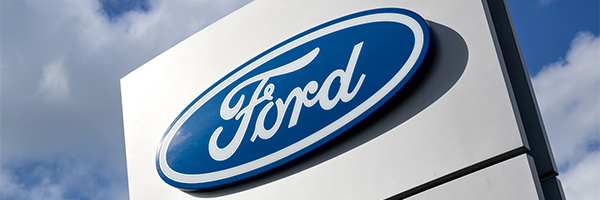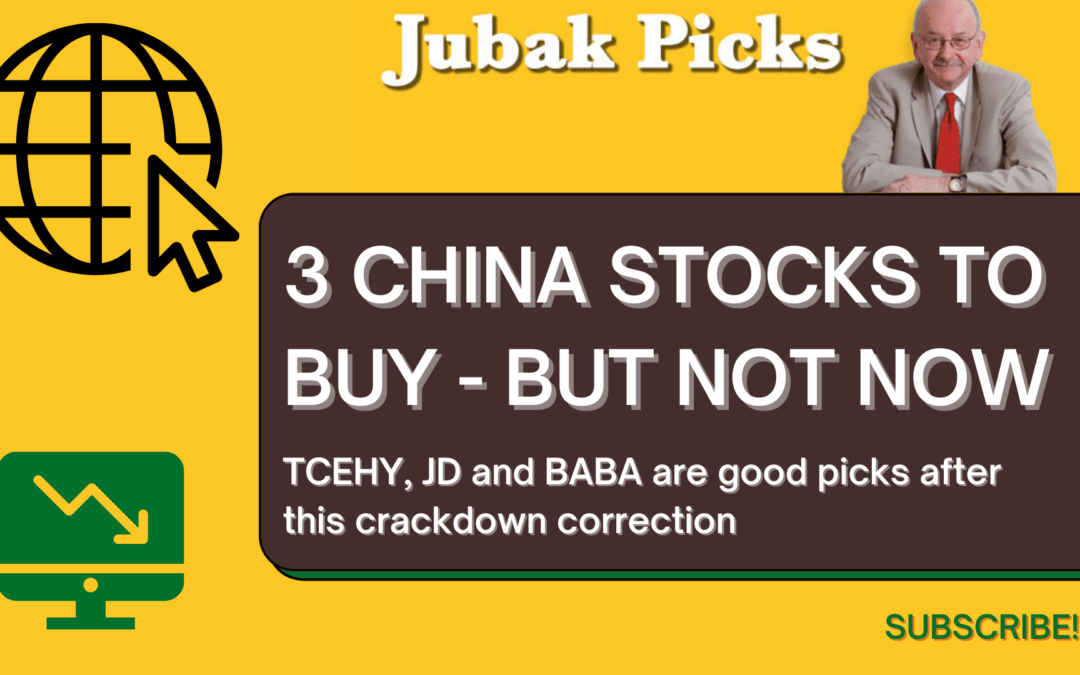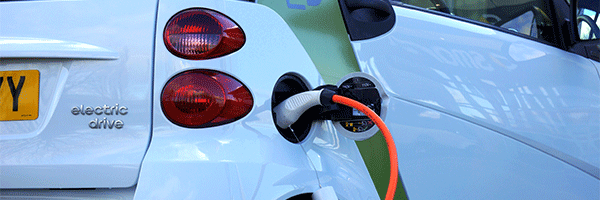
Watch my new YouTube video: “Amazon miss is a big deal…for all stocks”
I’m starting up my videos on JubakAM.com again–this time using YouTube as a platform. My forty-fourth YouTube video “Amazon miss is a big deal…for all stocks” went up today.

I’m starting up my videos on JubakAM.com again–this time using YouTube as a platform. My forty-fourth YouTube video “Amazon miss is a big deal…for all stocks” went up today.

Shares of Ford Motor (F) are up 3.02% as of 3:15 p.m. New York time today, August 24, on news that the company has doubled its production target for the F-150 Lightning because of strong early demand for the full-sized electric pickup truck ahead of its 2022 launch. The automaker is targeting annual production of more than 80,000 in 2024, up from its prior target of more than 40,000.

Today Microsoft (MSFT) closed up 2.08%. The NASDAQ 100 was ahead just 0.51% and the Standard & Poor’s 500 gained only 0.13%. The gains took Microsoft shares to a record intraday high of $297.35. Why the extra pop in Microsoft shares? Because today Microsoft raised the price of its Microsoft 365 productivity suite (Word, Excel, PowerPoint, Teams, Outlook and Enterprise Mobility) by as much s 20%, effective March 1. The price increase is the first since the launch of Office 365 ten years ago.

I’m starting up my videos on JubakAM.com again–this time using YouTube as a platform. My forty-second YouTube video “3 China stocks to buy but not now”-went up today.
I try to use big up and (especially) down days in the stock market to stress test my portfolio. One of the things I look to learn from a high volatility down days is how the hedges that I’ve put on to protect my portfolio work under big stress. So, for example, on a big day down day like July 16, when the Dow Jones Industrial Average fell 725 points, I looked to see if 1) the hedges I owned worked to reduce or better yet eliminate my downside losses, and 2) how much those hedges were costing me in opportunities for upside gains postponed.

On Monday the Chinese government reported that the country’s economy slowed more than expected in July. Retail sales were crimped by tough new virus restrictions introduced toward the end of the month to contain fresh outbreaks. Retail sales rose by 8.5% near over year. Analysts had expected growth of 10.9%. Industrial production to a 6.4% year over year increase instead of the 7.9% in economist forecasts. Investment in fixed assets rose 10.3% year to year in the first seven months of 2021 against expectations for an 11.3% increase. No big secret about the effects. China’s economy is the driver for global demand for commodities such as copper. And for demand for some key manufactured goods such as chips.

The $1.2 trillion infrastructure bill that the Senate passed today–roughly half of that represents new spending–still faces a tough go in the House of Representatives where progressive Democrats have criticized the measure as light on dollars to fight global climate change. That spending has been pushed into a second infrastructure bill, which would also include money for expanding Medicare and improving access to childcare among other “social” infrastructure spending, which the Senate actually took up today. Most political pundits think that efforts to pass a “social” infrastructure bill using reconciliation will be enough to secure all the votes needed to pass the traditional infrastructure bill in the House. The bill passed today would include more than $110 billion to replace and repair roads, bridges and highways, and $66 billion to boost passenger and freight rail. The plan includes an additional $55 billion to address problems in the U.S. water supply such as continued use of lead pipes despite conclusive evidence that lead in water pipes leads to cognitive impairment in children. It allocates $65 billion to modernize the country’s power grid and $7.5 billion to build out a national network of electric-vehicle charging stations. The bill earmarks $47 billion to respond to wildfires, droughts, coastal erosion, heat waves and other climate crises.

Today I’m going to give you some picks and some rules for finding more candidates for the middle bucket, the 5-year bucket. In terms of the mechanics of a three-bucket income investment system, this middle bucket is critical since it the mechanism for turning the price appreciation of the long-term bucket into the cash income of the short term bucket. And it has to accomplish this task without taking on inordinate amounts of risk since a five-year holding period doesn’t allow a lot of time to recover losses from mistake.

Today President Joe Biden unveiled a plan that would speed up the transition to electric vehicles in the United States. Included was an executive order (in this case a goal) calling for half of new passenger car sales to be of electric vehicles powered by batteries and fuel cells or plug-in electric hybrids by the end of the decade. And new proposed regulations from the Environmental Protection Agency and the Transportation Department on greenhouse gas emissions and fuel efficiency for cars, SUVs and pickup trucks through model year 2026. The proposed regulations would reverse a Trump administration freeze on fuel-deficiency standards that was itself a reversal of the Obama administration regulations that would have ramped up average fuel economy to 54.5 miles per gallon by model year 2025.

I’m starting up my videos on JubakAM.com again–this time using YouTube as a platform. My thirty-eighth YouTube video “QuickPick: Cummins”-went up today

It’s the problem that won’t go away if you’re looking to build a diversified portfolio of ETFs (or any other asset) to manage the risk that some one asset class will implode unexpectedly. Given the continued outperformance of U.S. stocks, How do you diversify toe manage risk without giving up too much in current performance?
Long-term bucket pick #5: Deere (DE). Any stock that goes into a long-term bucket for a relatively conservative portfolio like this one, faces a tough test. You want the company to be tapped into some explosive long-term trend that will drive growth–but since this is a conservative portfolio you don’t want that trend to be totally or even mostly speculative.